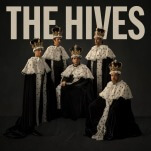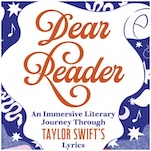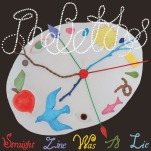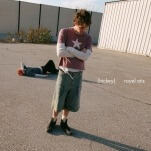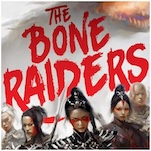A Feminist Princess Is the Hero of How Rory Thorne Destroyed the Multiverse
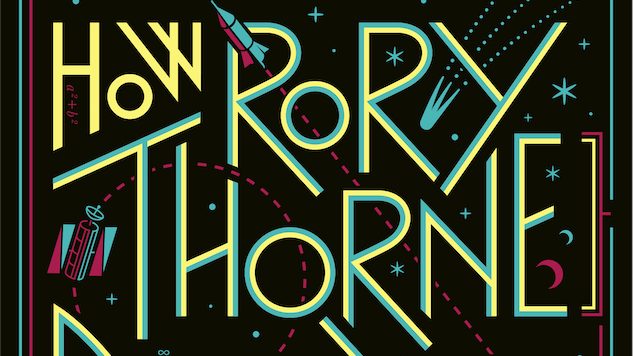
Marketed as “The Princess Bride meets Princess Leia,” K. Eason’s latest novel follows a genre-blending recipe for perfection. How Rory Thorne Destroyed the Multiverse takes the political intrigue of a space opera, sprinkles in curses from a fairy tale, and tops it off with a humorous narrator. The result is an adventure that pokes fun at familiar tropes while drawing readers in with compelling characters.
Protagonist Rory Thorne, princess of the Thorne Consortium, dreams of inheriting her father’s throne. But her hopes are dashed when Rory’s mother gives birth to a son, who becomes first in the line of succession. After being betrothed and shipped off to the prince of a distant space station, Rory discovers that her future spouse is missing—likely due to the nefarious Regent’s plot to seize power. Rory must then flirt, manipulate, hack and politically outmaneuver the Regent to secure her betrothed’s safety.
 The key to the novel’s successful genre-blending is in arithmancy, the book’s primary magic system. The narrator refrains from calling arithmancy either magic or science, instead explaining it’s both the “understanding and manipulating [of] the mathematical principles” underlying everything in the universe and “the breath of the universe, present in all things.” Although arithmancy’s specific mechanisms are fuzzy at best, Eason’s descriptions of its use underscore its allure and the risks associated with the practice. With hexing and arithmancy in their arsenal, Rory and her allies can mask their emotional auras and hack through the space stations’ networks.
The key to the novel’s successful genre-blending is in arithmancy, the book’s primary magic system. The narrator refrains from calling arithmancy either magic or science, instead explaining it’s both the “understanding and manipulating [of] the mathematical principles” underlying everything in the universe and “the breath of the universe, present in all things.” Although arithmancy’s specific mechanisms are fuzzy at best, Eason’s descriptions of its use underscore its allure and the risks associated with the practice. With hexing and arithmancy in their arsenal, Rory and her allies can mask their emotional auras and hack through the space stations’ networks.
Given that the novel claims to be a feminist re-imagining of fairytale tropes, you might expect those tropes to be predictably overturned. When faced with impending arranged marriage proposals, for example, you’d think Rory would protest and escape. Instead, the princess baits two would-be suitors based on how their planets’ resources could bolster the Thorne Consortium’s economy. Through fresh characterization and unexpected plot twists, Eason highlights how a strong female protagonist can gain agency and self-determination without coming off as preachy.
Eason also succeeds in writing secondary characters who are just complex as her protagonist. Take Vizier, one of Rory’s closest advisors and an exemplary male supporting character in a feminist tale. He is neither a bumbling caricature of misogyny nor a perfectly enlightened ally. Due to this nuanced and realistic portrayal, readers will come to care deeply about him.
Despite its engaging characters, How Rory Thorne Destroyed the Multiverse suffers from some plot pacing and world-building issues. Tense political showdowns occasionally fizzle into periods where Rory and her friends are waiting under house arrest, and these slow moments can drag on. Fortunately, smart dialogue and the witty commentary from the narrator is enough to sustain the story until the next plot development. And as mentioned earlier, arithmancy’s specifics are vague—as are descriptions of more ancillary components of Rory’s world. It’s unclear how the story takes place in a multiverse rather than just a universe, and the different planetary systems and political powers can read as underdeveloped. Historical commentary by the narrator at the beginning of each chapter, however, helps to fill in some of the blanks.
It is easy to forgive the novel’s shortcomings, as they hardly detract from this romping adventure. Readers will root for Rory the from cover to cover, eagerly anticipating the second installment in the Thorne Chronicles duology.
Jane Huang is a neuroscience PhD student by day and a freelance writer by night. She currently lives in Pittsburgh, PA.








